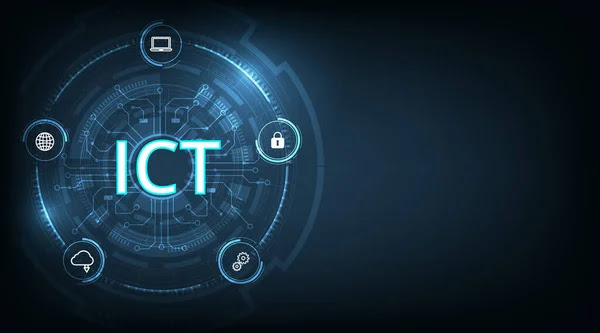In today’s digital age, the marketing landscape has evolved significantly, with digital marketing taking center stage. However, it’s important to recognize that analog marketing strategies still hold value and can work harmoniously with digital marketing efforts. In this article, we will explore how analog and digital marketing can collaborate effectively, with a specific focus on the role of mobile marketing in integrated marketing campaigns.
Understanding Analog Marketing
Analog marketing refers to traditional marketing methods that existed before the advent of digital technology. These include print advertisements, billboards, direct mail, TV and radio commercials, and in-person events. Analog marketing often targets a broad audience and relies on offline channels to promote products or services. While digital marketing has gained prominence, analog marketing still has its merits, especially when combined with digital strategies.
Embracing Digital Marketing
Digital marketing leverages online platforms, search engines, social media, and email marketing to reach a vast audience. It enables businesses to target specific demographics, measure campaign effectiveness, and engage with customers in real time. Digital marketing provides opportunities for personalized messaging, interactive content, and data-driven decision-making. It has become an integral part of marketing strategies in the digital age.
The Power of Integration
When analog and digital marketing strategies are integrated, businesses can benefit from a more comprehensive and impactful approach. By combining the strengths of both methods, companies can create a seamless brand experience across multiple touchpoints. Integrated campaigns can utilize digital platforms to amplify analog efforts and vice versa, resulting in a cohesive and memorable customer journey.
Mobile Marketing in the Digital Age
Mobile marketing plays a pivotal role in bridging the gap between analog and digital marketing. With the widespread use of smartphones and the ever-increasing number of mobile users, businesses can leverage mobile marketing to enhance their overall marketing strategy. Mobile marketing includes tactics such as SMS marketing, mobile apps, location-based targeting, and mobile-optimized websites. It allows businesses to engage with customers on the go and deliver personalized experiences.
Leveraging Mobile for Integrated Campaigns
In an integrated marketing campaign, mobile marketing can serve as a catalyst for bridging the analog-digital divide. For example, businesses can utilize QR codes on print advertisements or billboards to direct customers to digital platforms or provide exclusive offers. SMS marketing can be used to drive traffic to physical stores or events. Mobile apps can enhance customer loyalty programs and provide valuable data for personalized marketing efforts.
Measuring Success and Iterating
An important aspect of any marketing campaign, whether analog, digital, or integrated, is measuring success and making data-driven iterations. By utilizing analytics tools, businesses can gather insights into customer engagement, conversion rates, and campaign effectiveness across various channels. This data can guide decision-making and help optimize future marketing efforts.
Conclusion
In the digital age, analog and digital marketing strategies can work in tandem to create powerful and cohesive marketing campaigns. By embracing the strengths of both approaches and leveraging mobile marketing, businesses can amplify their reach, engage with their target audience effectively, and deliver a seamless brand experience. Integrated marketing campaigns that encompass analog and digital channels, with a focus on mobile marketing, can harness the full potential of marketing in the digital age, driving business growth and success

